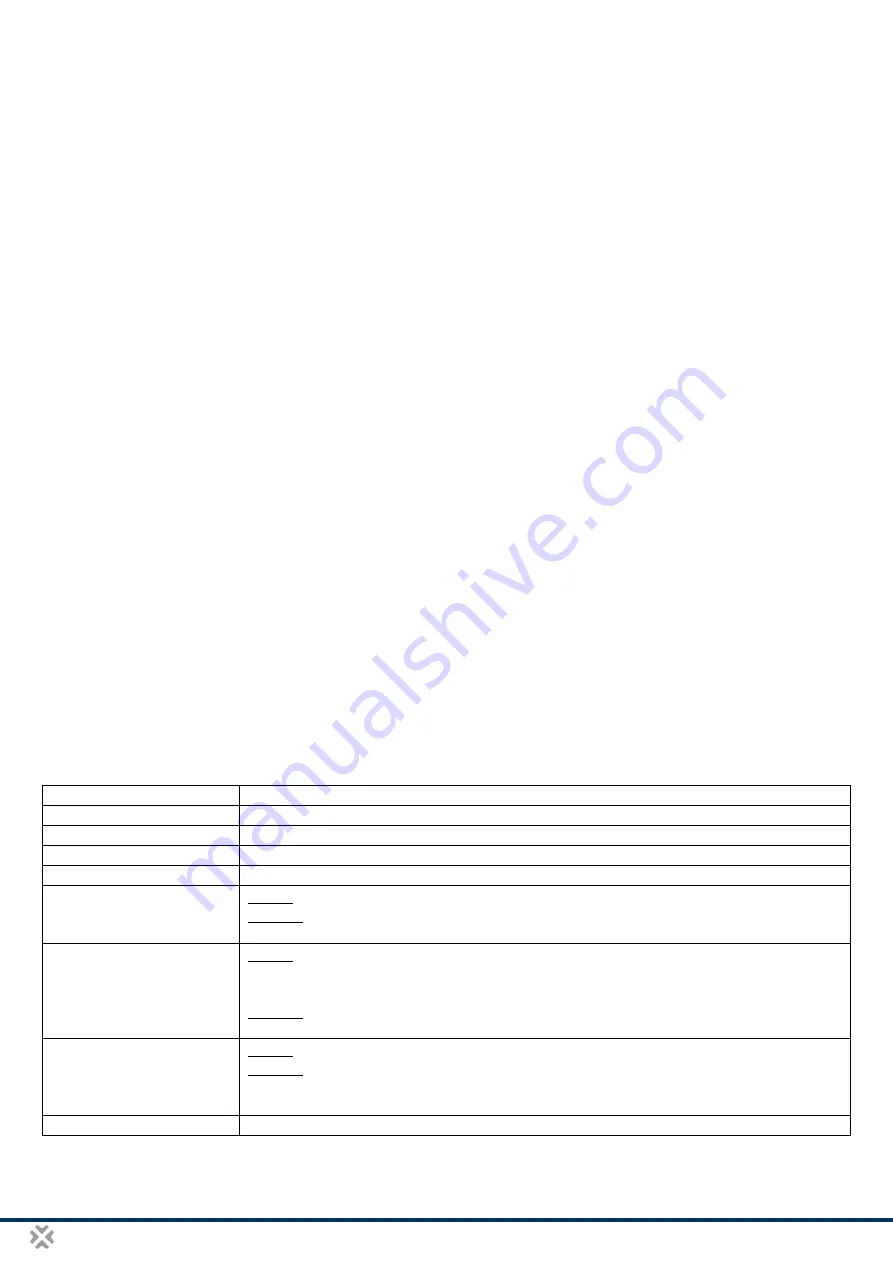
Fidelix FX-RP multiDISPLAY
Programming manual
page 2 of 38
Getting started with the FX-RP multiDISPLAY
General overview
The FX-RP multiDISPLAY’s interface is freely programmable. It consists of “pages” that are made using the
Fidelix graphics editor. Links can be made between pages, and the user will navigate in a similar way through
the pages. The graphics editor generates .htm pages that have to be converted using the “HTML to Multi Display
/ Room Display Converter”, which generates binary files that are suitable for the FX-RP multiDISPLAY.
Up to 768 kB of data (256 kB for generation 1 displays) can be stored into the internal memory of the FX-RP
multiDISPLAY. This is sufficient for most projects, but when more capacity is needed (heavy graphics, lots of
pages, …), a
μSD
card can be used. You can order high quality µSD cards from us, and we strongly advise you
to use these µSD cards, as a (cheaper) µSD card breakdown will result in a freezing of the user interface,
because new pages are always loaded from the µSD card when this is used. (see
The most common way the display is used, is as Modbus slave, in which case it can hold 250 variables, that are
called and referenced to as POINTS.
Each user interface created for the FX-RP multiDISPLAY resides in its own folder. This folder will further be
referenced to as the “project folder” in this manual. This folder needs to contain at least 1 .htm file, and a folder
called “Symbols” with all symbols used in the project. When no symbols are used, the folder still needs to be
present to be able to run the conversion from .htm files to binary files for the FX-RP multiDISPLAY.
The communication between the FX-RP multiDISPLAY as a slave, and a master device uses the Modbus RTU
protocol. The FX-RP multiDISPLAY has 250 predefined points (POINTxxx) that can be freely used. Each point
has 6 registers containing its value, unit, divider etc. (see
When working with other Fidelix devices, the programmer does not need to know about the Modbus registers;
for the multi24, all necessary code is generated by the converter, and when working with an FX-controller, the
first 50 points can be directly selected as the physical point of any DI, DI, AI, AO or alarm point.
If you are not using a Fidelix controller as your Modbus master, the linking of the FX-RP multiDISPLAY points
happens in the same way, only you’ll need to program your master to read and write the correct registers. The
register structure used by the FX-RP multiDISPLAY is explained
Device properties
Physical size
3.5” (+/- 9 cm) diameter (72 x 54 mm screen, 85 x 85mm encasing)
Power supply
12-45 VDC or 16-32 VAC (V1 = 12-26VDC or 16-26 VAC)
Resolution
320x240 pixels
Colours
16 bit depth
Images
All standard supported image types. No dynamic gifs
Modbus speed
Slave: auto detect from 4 800 to 115 200 bps
Master: freely configurable in ModbusMasterSettings.txt file (see
) from 9 600 to 115 200 bps
Modbus settings
Slave: Default settings: 8 Data bits, no parity, 1 stop bit
Parity can be changed by placing a file “serial.txt” with content “Parity=Even”,
“Parity=Odd” or “Parity=No” in the project folder
Master: freely configurable in ModbusMasterSettings.txt file (see
Display “points”
Slave: 250 points total, maximum 40 per page
Master: 40 points / page, total depends on the distribution of the registers of the
slave device(s) (see the explanation about ModbusDevices at the end of the
Available memory
768 kB (V1 = 256 kB)



































